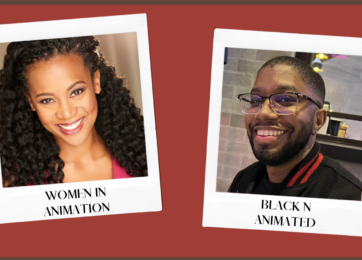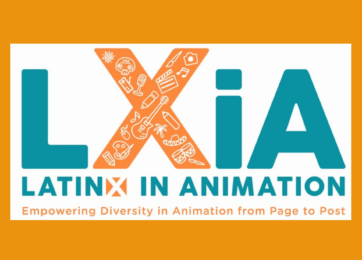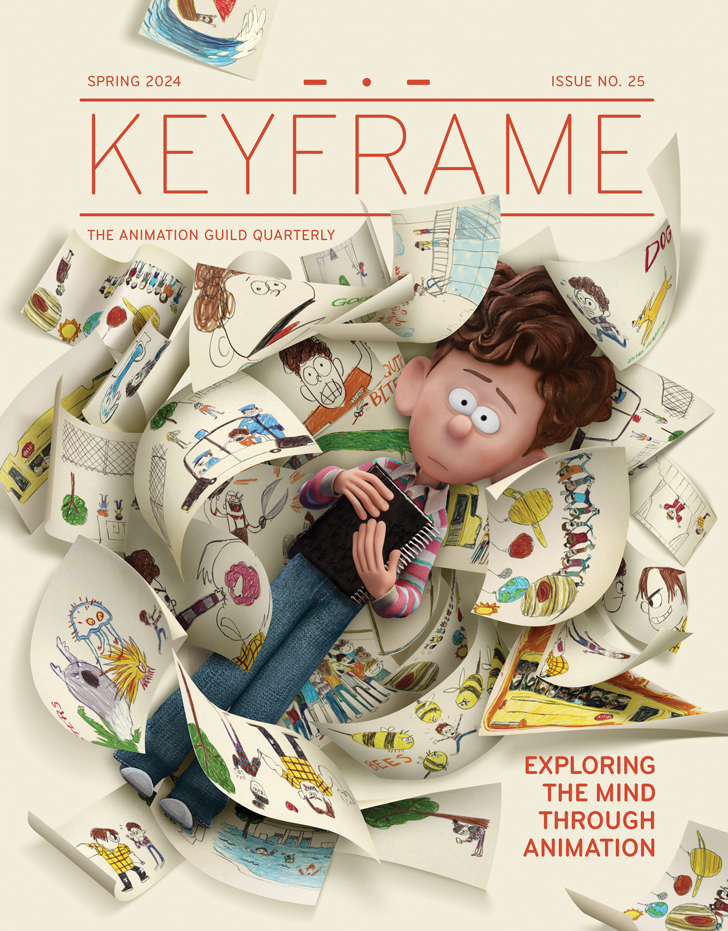Where do we find women to hire?
As an organization known for providing resources and making connections, Women in Animation often received variations on this question. WIA President, Marge Dean, had a list, but it certainly wasn’t comprehensive. Discussions started in the office about creating a directory, and two years later WIA launched its Talent Database for female, transgender, and non-binary job candidates in the animation field.
“What’s great about the database is that it takes out the unconscious bias,” says Dean. “Most of the hiring people do, it’s about who do I know? Who’s available? Who are the directors? Who do they like working with? [These questions make] it wide open for unconscious bias to be the thing that’s ruling the thinking process.”

According the Liz Luu, the database creator, WIA sought advice from studio recruiters, development executives, and others in hiring positions. WIA learned that a lot of studios want to change the way they look at hiring and become more diverse and inclusive.
That said, WIA puts the power to decide how much information to share in the candidates’ hands. “[We] don’t want to force someone to represent their [gender-identity] or race if they don’t want to be represented that way. If someone … wants to tell their own story their own way … they don’t have to self-identify. They can choose what roles they want to be considered for, what expertise they want to be known for, and what gender, ethnicity, or marginalized group, if any, they want to represent in terms of intersectionality to hiring managers.”
Job candidates self-report their own professional and personal information, as well as note when they are available and if they are seeking freelance or full-time work. The professional information is checked by WIA before it goes online. From there, those in hiring positions can apply to use the database and search using a range of filters to cast a wide net or narrow down information.

Filters allows recruiters to choose specific job roles, length of experience, credited or uncredited, and much more. In many cases, candidates use their artwork for their profile photo to offer a glimpse of their skills. But the database is not intended to do the job of those hiring. It’s meant to be a way to bring candidates to employers’ attention, and a starting point where employers can find individuals and then delve further into online portfolios, social media, and references.
Employers pay to use the database, and there are different plans depending on the need. It can be used by a major studio or an individual working on an indie project, “and everybody who uses the database has to register their own personal account,” says database manager Kate Menz. This provides a record of who is accessing the database and hopefully puts up another barrier to the kind of online harassment members of marginalized groups too often experience. “In the event that something did happen,” Menz says, “we would be able to find out how [the harasser] got access and where they came from.”
“We’re [also] approachable. If there’s an issue, we can take feedback and refine our search tools,” says Luu. “And you can contact us when you need help,” Menz adds.
The WIA Talent Database already has 5,000 candidates and hopes to go international soon. It’s free to enter your name, and you do not have to be a WIA member to participate. The database can be found at womeninanimation.org.







.png)